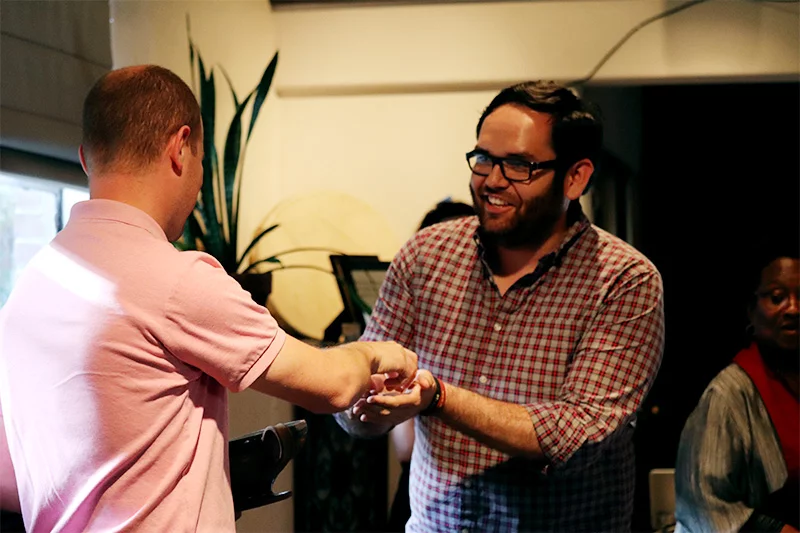
Mission & History
The mission of Starr King School for the Ministry is to educate people for Unitarian Universalist ministry and for progressive religious leadership in society.
Starr King School’s distinctive educational approach is rooted in the Unitarian Universalist values of countering oppressions, cultivating multi-religious life and learning, and creating just and sustainable communities.
Starr King School aims to educate the whole person in the service of love, compassion, and justice, through:
- Teaching by who we are and what we do
- Student-centered participatory learning
- Excellence and depth in religious studies
- Formation in the arts of religious leadership
- Service with congregations and communities
- Deepening self-awareness and cultivating spiritual practice
- Striving to live in right relationship with self, others, and the earth
Our History
Starr King School opened its doors in 1904 as the Pacific Unitarian School for the Ministry and was incorporated in 1906 as “an institution for educating students for the Christian ministry, and especially for that of the Unitarian churches.”
The school’s founders had identified the need for a liberal theological school in the West, one suited, said a prospectus, to the “training of ministers for their work in the very field in which they are to serve.” They wanted ministers who focused on the practical realities of church life and had a vision for serving the common good.
The Pacific Unitarian School for the Ministry held its first classes at the First Unitarian Church of Oakland and moved to Berkeley two years later to be near other seminaries and the University of California, where students were free to take classes. From the beginning, the school welcomed students from other parts of the world and other denominations, as well as women.
By 1908, the school had hired a second employee to serve as Greek instructor, assistant to the dean and librarian in charge of a 3,600-volume collection. Two students graduated that year, and the school moved into a large home on a lot donated by one of the founders.
Rev. Earl Morse Wilbur
The first president, Earl Morse Wilbur, led the Pacific Unitarian School of Religion for nearly 30 years, establishing a library of rare books and educational principles that continue to guide Starr King School more than a century later. He wrote, “In all our teaching we strive to keep in view the practical end; and while we aim always to cultivate thorough scholarship, yet we mean to ask at every point, What has all this to do with the actual work of the ministry?”
Wilbur called for these principles: “First, complete mental freedom in religion, rather than bondage to creeds or confessions; second, the unrestricted use of reason in religion rather than reliance upon external authority or past tradition; third, generous tolerance of differing religious views and usages rather than insistence upon uniformity in doctrine, worship or polity.”
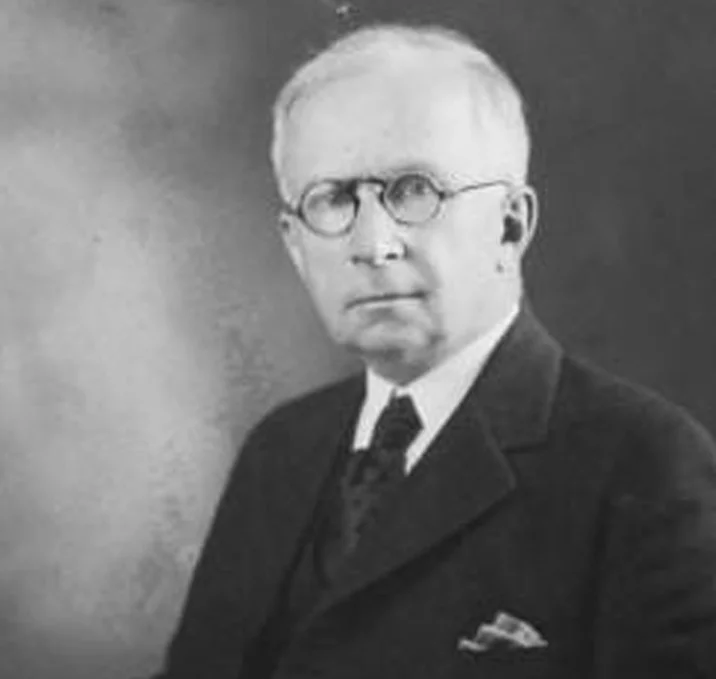
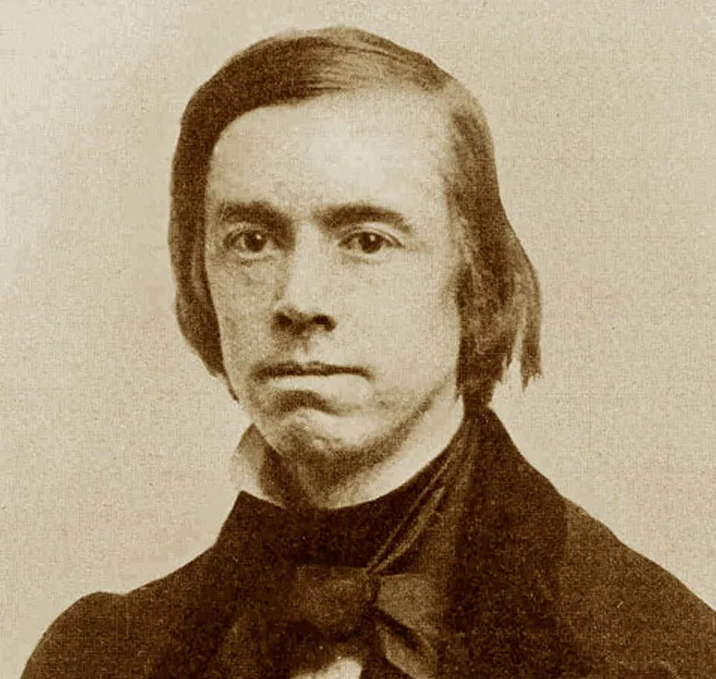
New Name, New Location
William S. Morgan succeeded Wilbur in 1931. Ten years later the school changed its name to Starr King School for the Ministry in honor of Thomas Starr King, a Unitarian and Universalist minister who served the San Francisco Unitarian Society during the Civil War. In 1942, the school moved to its present location on Le Conte Avenue in Berkeley.
A series of short-term presidents led the school until 1949, when Josiah Bartlett, a young minister from Seattle, was appointed president and dean of the school. Imaginative and progressive, Bartlett focused the school’s educational approach on fieldwork and established individually designed study programs. Under Bartlett, students began participating in the governance of the school. A new wing was built with offices as well as a classroom, chapel and library. In 1964, the school joined the new Graduate Theological Union.
The Kimball Years
Dr. Robert Kimball, the school’s next president, launched the school on a period of creative growth. He recruited new faculty, established an endowment, secured accreditation from the Association of Theological Schools, held innovative summer schools, started the all-school meeting tradition and increased participation in the GTU. He also expanded the student body from 25 to 50 students.
During Kimball’s 14-year leadership, women increased their presence at Starr King, transforming what at the time was an all-male student body and faculty. In 1981, the school established the Aurelia Henry Reinhardt Professorship to ensure a feminist perspective on the faculty and appointed Dr. Clare Benedicks Fischer to fill the position.
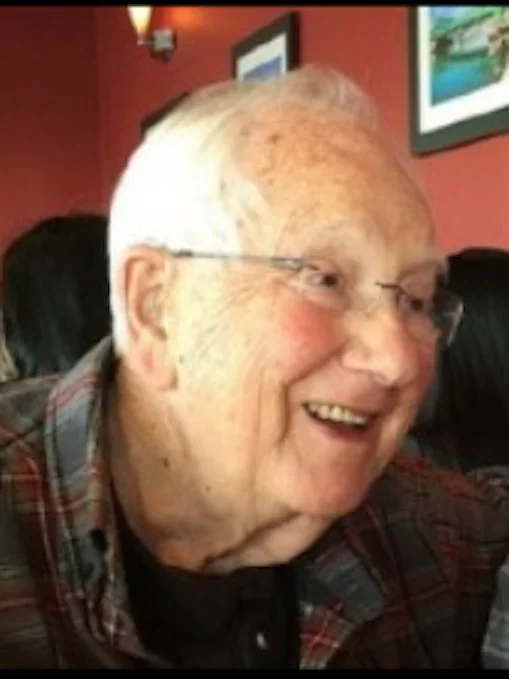
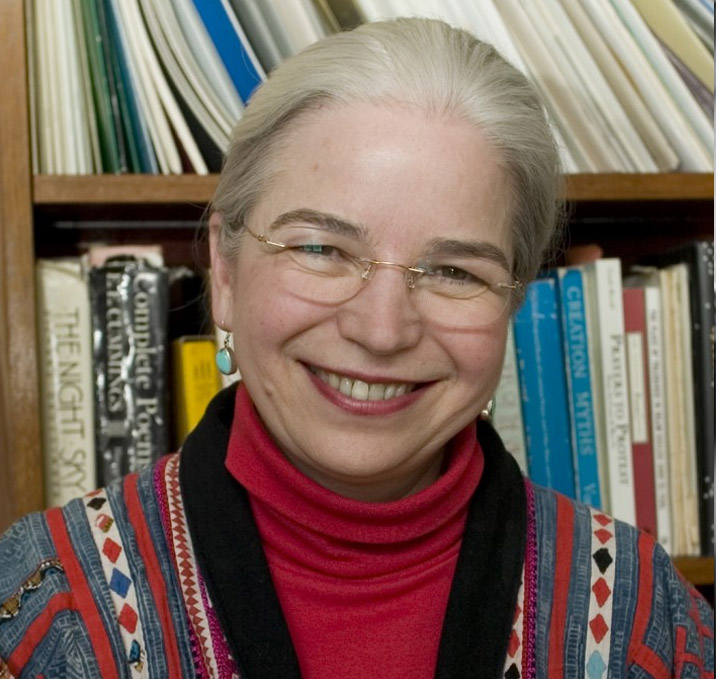
Parker Becomes President
In 1983, the Rev. Gordon McKeeman, a Universalist minister, took the school’s helm, signing on for a five-year commitment. Professor Til Evans then served as acting president until the Rev. Dr. Rebecca Ann Parker, a parish minister from the Pacific Northwest, arrived to lead the school in 1990.
During Parker’s presidency, the school grew in terms of student body, program offerings and endowment size. The school increased its engagement with Unitarian Universalist congregations; expanded the study of Unitarian Universalist history; created new educational programs in scholarship; broadened its donor base; renovated its building and incorporated new educational technologies. In addition, the school made an explicit commitment to Unitarian Universalist theological education that is counter oppressive and committed to just and sustainable community.
New Beginnings
In July 2014, Rev. Rosemary Bray McNatt became president of Starr King. She previously served as Senior Minister at The Fourth Universalist Society of the City of New York. McNatt was the first Person of Color to lead a Unitarian Universalist theological school and only the third Woman of Color to lead any seminary in the United States.
During her 11 year presidency, McNatt led the school through several significant transitions in response to the changing landscape of theological education, the COVID-19 pandemic, and an increasingly polarized political environment. This included Starr King leaving the Graduate Theological Union, navigating two moves from our historic home in Berkeley to downtown Oakland, and adapting to a primarily virtual educational model in a COVID-normalized world. The school also developed its five year roadmap based on the articulated goal for the school to become the hub for counter-oppressive theological education.
Under McNatt’s leadership, the school strengthened its staff and operations, established a new visual brand identity, launched the Center for Multi-Religious Studies, created new degree concentrations and certificate programs to help students seeking more paths for religious leadership, began a $9 million comprehensive campaign (Sowing Seeds), and developed the WEAV curriculum for congregations.
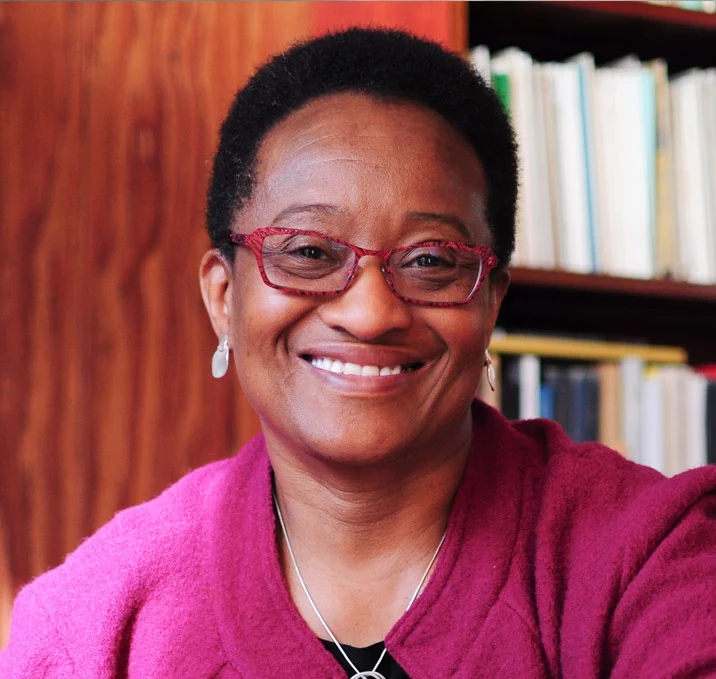
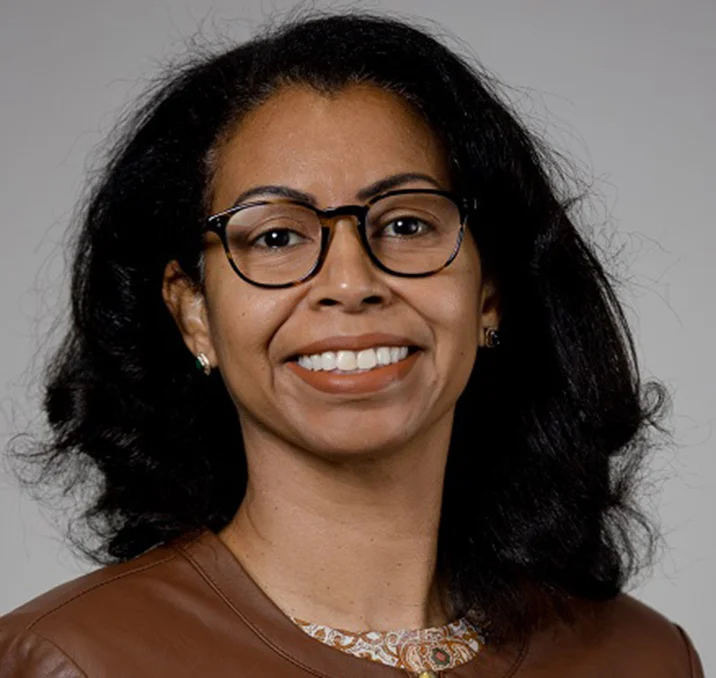
The Next Chapter
In July 2025, Dr. Stephanie L. Krusemark took over the presidency of the Starr King School for the Ministry. She is a visionary leader in progressive higher education, with more than 20 years of experience guiding institutions through complex change, advancing inclusive, student-centered innovation, and aligning mission with impact.
Dr. Krusemark previously held senior roles at Iliff School of Theology, Naropa University, Prescott College, Santa Clara University, and Trinity Washington University—leading initiatives that expand access, promote equity, and build sustainable enrollment. A scholar-practitioner, she earned her doctorate in Higher Education from the University of Denver and has published on equity, mentorship, and access in Liberal Education and the Journal of Research on Women and Gender. She also serves on the Strategic Enrollment Management Editorial Board for the American Association of College Registrars and Admissions Officers (AACRAO).
Dr. Krusemark brings a deep commitment to Starr King’s counter-oppressive mission and legacy of preparing UU and multi-religious leaders for ministries of compassion and justice. Her leadership is known for its courage, collaboration, and spiritual integrity.
Dr. Krusemark steps into this role at a critical time—when institutions like Starr King face political, economic, and cultural challenges. Her presence signals a steadfast belief in the power of progressive theological education to transform communities and advance liberation.
Additional Reading
Over its more than 100-year history, Starr King has held fast to its commitment to religion that is both liberal and liberating. At the school’s heart is a passion for transformative education and a belief in the possibilities that lie within human beings.
To read more, purchase a copy of “With Vision and Courage: This History of Starr King School for the Ministry, the First Hundred Years 1904-2004” by Arliss Ungar, click here.